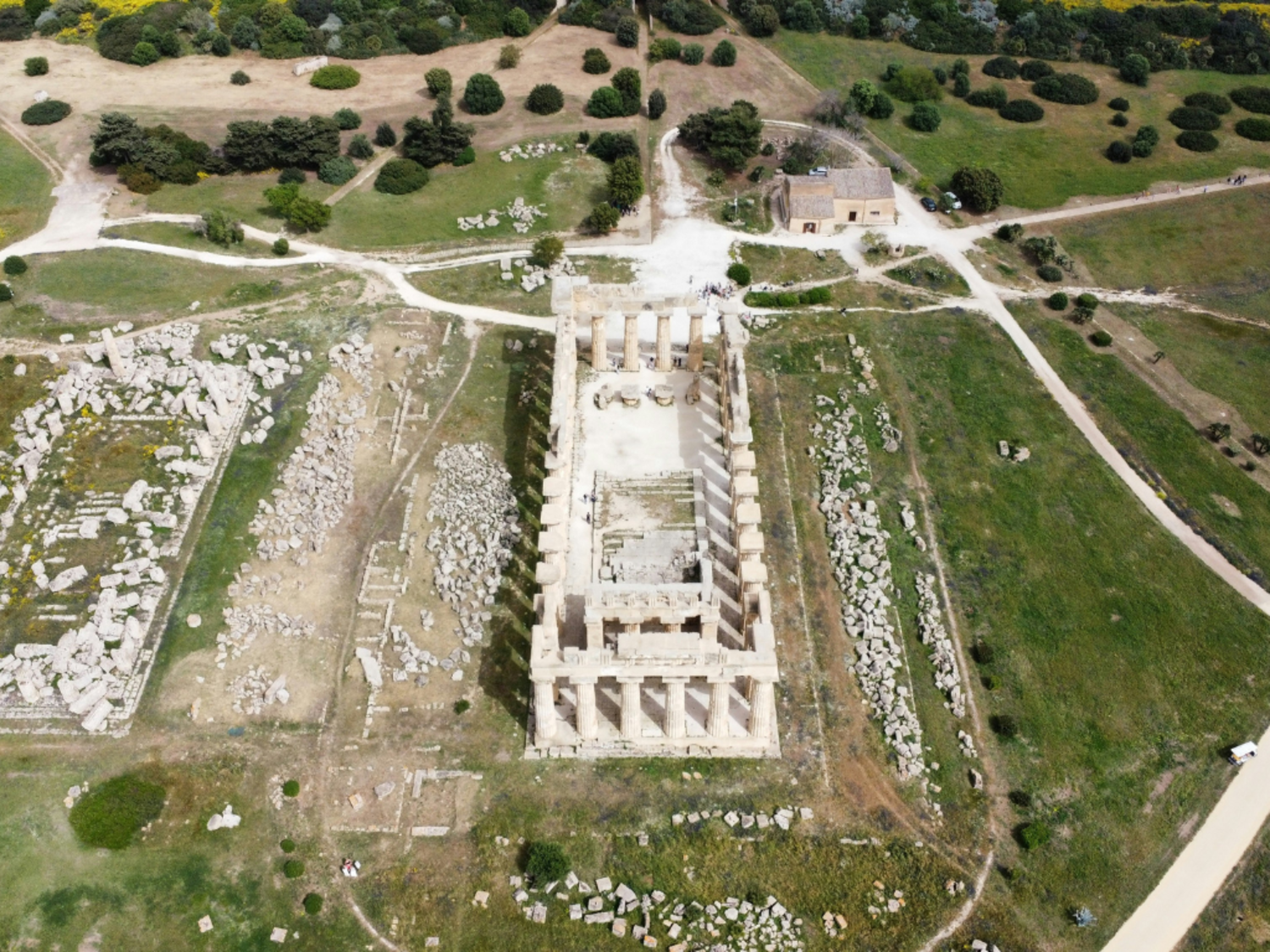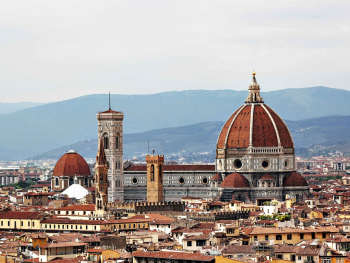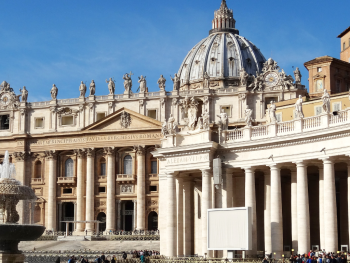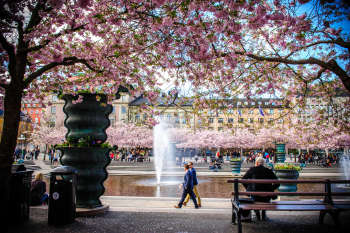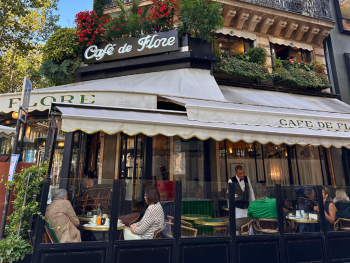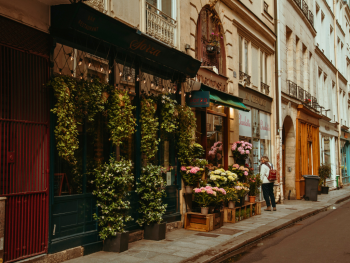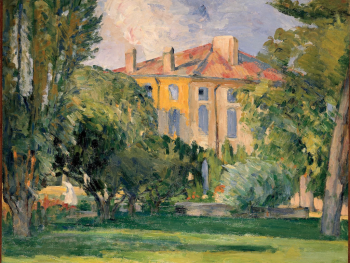In the sun-drenched southwest corner of Sicily, where the Mediterranean breeze carries whispers of ancient myths, the archaeological site of Selinunte continues to reveal its secrets. In 2024, archaeologists unearthed a previously unknown temple within this vast ancient Greek city, offering fresh insights into the spiritual and urban fabric of Magna Graecia. This discovery not only enriches our understanding of Selinunte's historical significance but also enhances its appeal as a destination for travelers seeking to connect with the ancient world.
A Glimpse into Antiquity: The Discovery of a New Temple
Selinunte, established in the 7th century BCE, was once a thriving Greek colony and a significant center of commerce and culture. The city boasted grand temples, bustling marketplaces, and intricate urban planning. At its peak, it's believed to have been home to as mnay as 26,000 residents. However, much of its grandeur was lost to time, warfare, and natural disasters. Recent excavations, led by teams from the University of Milan and the Institute of Fine Arts at New York University, have brought to light a small temple situated behind the well-known Temple C on the Acropolis.
This structure, modest in size and lacking the typical columns of larger temples, dates back to the Archaic or Classical periods. Its discovery suggests a more complex religious landscape than previously understood, indicating that Selinunte's sacred areas were more extensive and diverse.
The newly discovered temple in Selinunte is significant for several reasons—archaeological, historical, and cultural. Here's a breakdown of why this find matters:
1. A More Complex Sacred Landscape
The temple, unearthed behind the monumental Temple C on the Acropolis of Selinunte, challenges previous assumptions about the spatial and religious layout of the city. While Temple C was known to be a dominant place of worship—possibly dedicated to Apollo or Heracles—this smaller structure suggests a denser and more nuanced network of sacred spaces than archaeologists had previously understood.
Its modest dimensions (approximately 8 meters long and 4 meters wide) and lack of columns indicate it was not intended to impress with grandeur, but rather to serve a specific ritual or cultic function. This points to the possibility of lesser-known deities or localized worship practices being honored alongside major gods.
2. Evidence of Ritual Use and Continuity
Inside the temple, archaeologists found ritual vessels and votive materials—suggesting active, repeated use over time. These items provide clues about how the space was used, possibly for offerings, libations, or other ceremonial acts.
The temple’s position, tucked behind a larger monument, might also indicate a transitional phase in the city’s urban or religious planning—or even an effort to preserve older ritual spaces as new ones were erected. In this way, the discovery provides a more dynamic picture of how religion evolved in Selinunte over time.
3. Construction Clues from the Archaic/Classical Periods
The architectural style and construction techniques used in the temple offer insights into the evolution of Greek temple-building on the island. While it doesn’t conform to the canonical Doric model seen elsewhere on the Acropolis, its simpler form can help scholars understand regional architectural adaptations in Magna Graecia (Greater Greece).
4. A Living Site for Archaeological Discovery
This find reinforces Selinunte’s reputation as one of the most intact and expansive Greek archaeological sites in the Mediterranean. Unlike other ruins that have been exhaustively excavated, Selinunte continues to yield discoveries, reminding us that the ancient world still has secrets waiting to be uncovered.
5. Implications for Broader Sicilian and Mediterranean History
Each new discovery at Selinunte adds to the broader narrative of how Greek culture spread and localized throughout Sicily and southern Italy. It deepens our understanding of how civic and spiritual life intertwined in colonies far from the Greek mainland—and how these communities adapted Hellenic ideals to their own environments and circumstances.
Visiting Selinunte: A Journey Through Time
Getting There
Selinunte is located near the modern village of Marinella di Selinunte in the province of Trapani. Travelers can reach the site by car, with well-marked routes from major cities like Palermo and Agrigento. Public transportation options include taking a train to Castelvetrano, followed by a local bus to Marinella di Selinunte.
Exploring the Archaeological Park
The Selinunte Archaeological Park is one of the largest in Europe, encompassing over 270 hectares. Visitors can explore the remains of several temples, ancient city walls, and residential areas. The park is open daily, with extended hours during the summer months. Admission fees are reasonable, and it's close enough for a day trip from several popular Sicilian destinations.
What to Expect
Walking through Selinunte offers a tangible connection to the ancient world. The newly discovered temple adds another layer to this experience, allowing visitors to witness ongoing archaeological work and the ever-evolving narrative of the site. The park's expansive layout means that visitors should allocate several hours to fully appreciate its offerings. Comfortable footwear, sun protection, and water are recommended, especially during the warmer months.
Beyond Selinunte: Exploring the Surrounding Region
Marinella di Selinunte
This coastal village offers a serene backdrop for relaxation after exploring the ruins. With its sandy beaches, fresh seafood restaurants, and charming accommodations, Marinella provides an authentic Sicilian experience.
Nearby Attractions
-
Cave di Cusa: Located a short drive from Selinunte, these ancient quarries were the source of the stone used in the city's temples. Visitors can see partially carved columns and gain insight into ancient construction techniques.
-
Menfi: A town renowned for its wine production, Menfi offers vineyard tours and tastings, allowing travelers to indulge in Sicily's rich enological traditions.
-
Valley of the Temples in Agrigento: Approximately a 90-minute drive from Selinunte, this UNESCO World Heritage site features some of the best-preserved ancient Greek temples outside of Greece.
Planning Your Visit
While Selinunte can be visited as a day trip from cities like Palermo or Agrigento, staying overnight in Marinella di Selinunte allows for a more relaxed experience and the opportunity to explore the area more thoroughly. Accommodations range from beachfront hotels to charming bed and breakfasts. Dining options highlight local seafood and traditional Sicilian dishes, providing a culinary journey alongside the historical one.
Discover Sicily with Context Travel
Sicily's rich diversity of history, culture, and natural beauty offers endless opportunities for exploration. At Context Travel, we provide expert-led tours that go deep into the island's heritage. Our knowledgeable guides bring history to life, offering insights that enrich your travel experience. Whether you're an archaeology enthusiast, a food lover, or a curious traveler, we're here to help you uncover the many layers of Sicily's past and present.
Embark on a journey through time and immerse yourself in the wonders of Sicily with Context.
